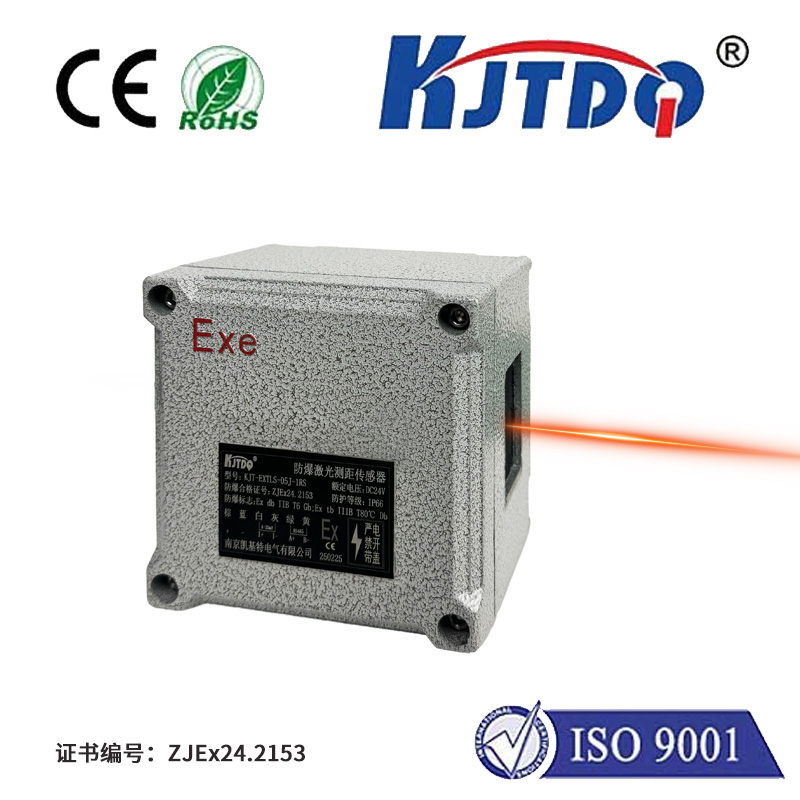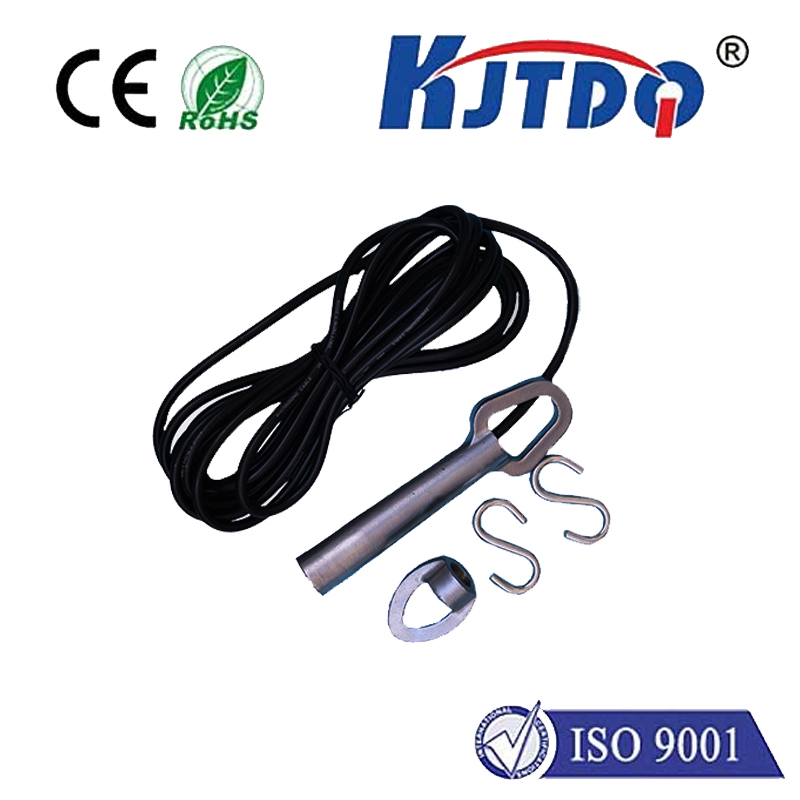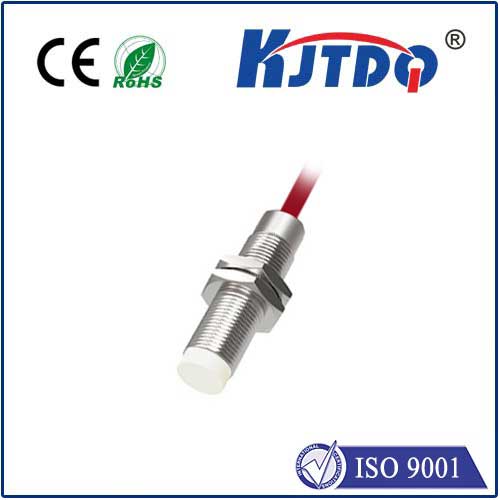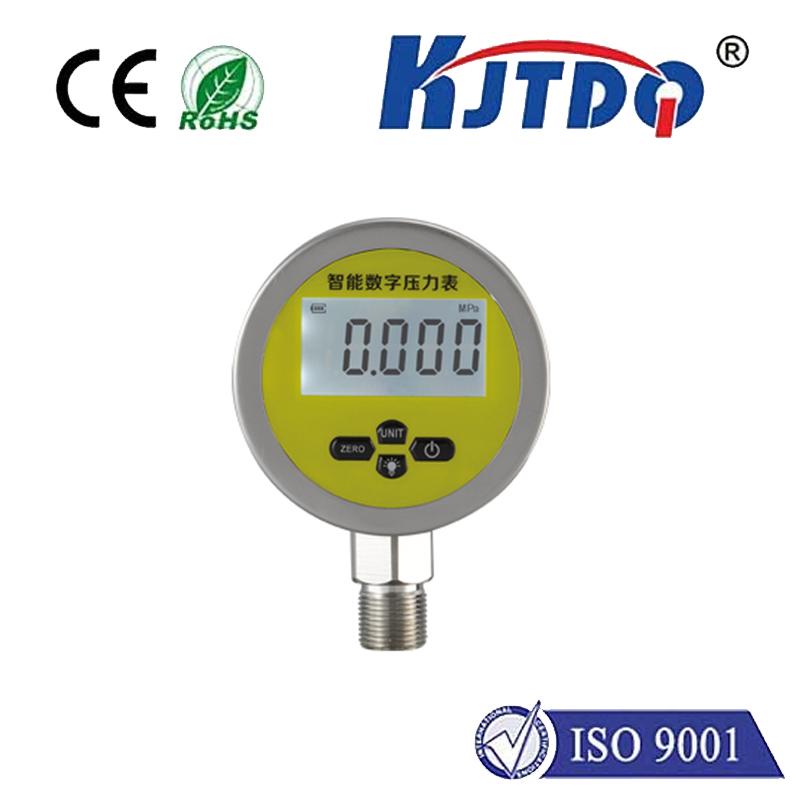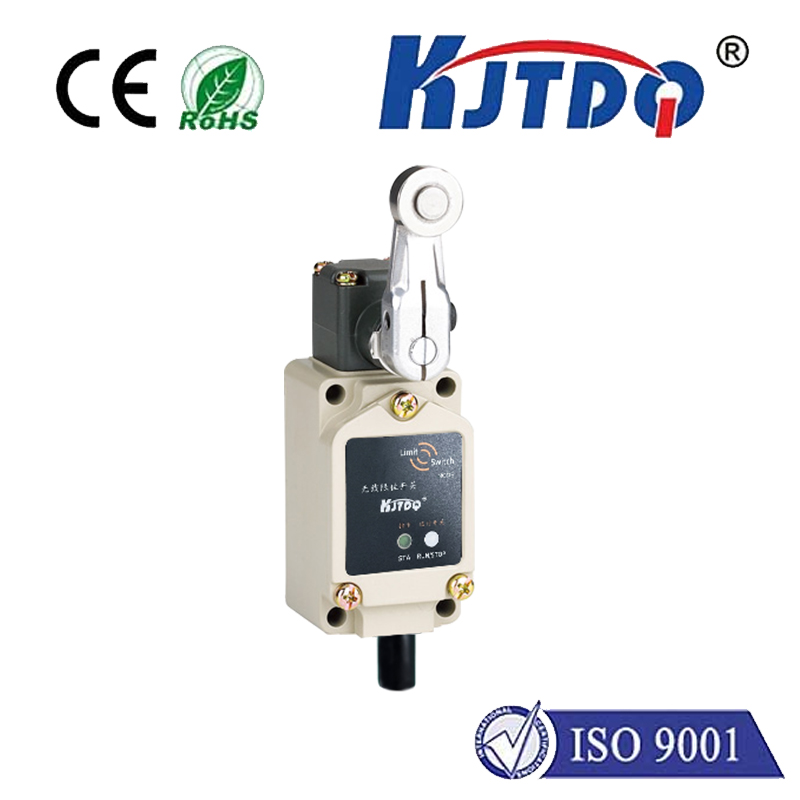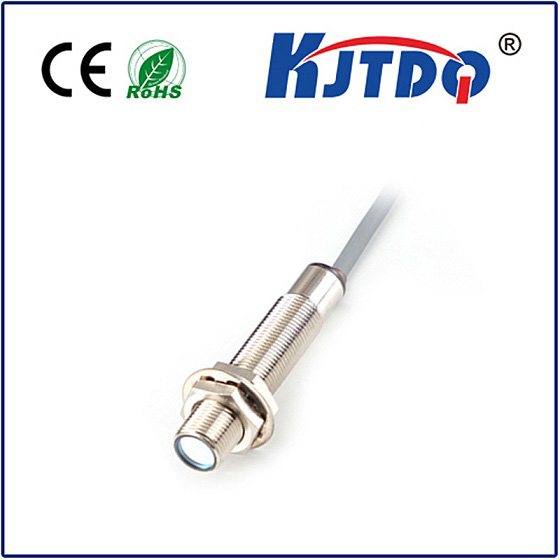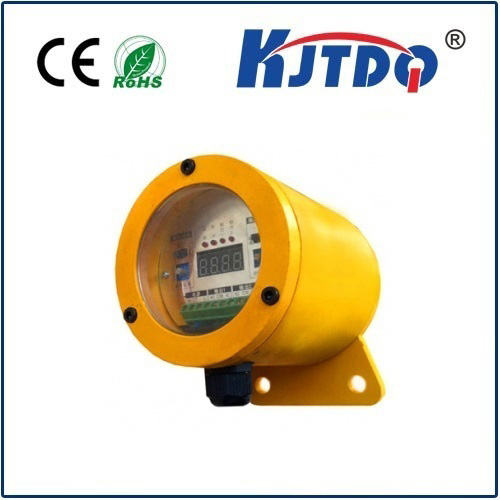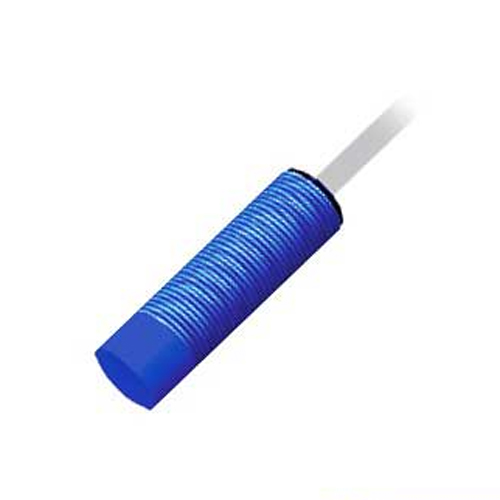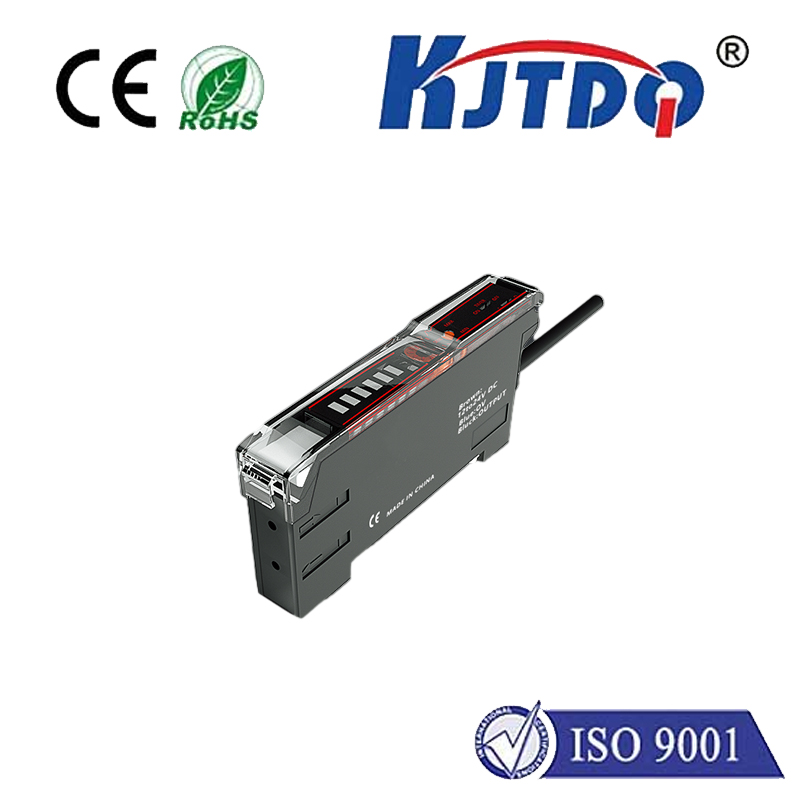photo sensor types
- time:2025-07-24 00:40:59
- Click:0
Illuminating Innovation: A Comprehensive Guide to Photo Sensor Types
In a world increasingly driven by light, from digital cameras capturing life’s moments to smart homes responding to our presence and factories automating with precision, photo sensors are the silent, essential translators. These remarkable devices convert light – photons – into electrical signals, forming the cornerstone of countless modern technologies. Understanding the diverse landscape of photo sensor types is crucial for engineers, designers, and anyone curious about the tech shaping our future. This guide delves into the primary categories, their unique characteristics, and where they shine.
1. The Foundational Workhorse: Photodiodes

- Principle: Operate in reverse-bias mode. Incident light generates electron-hole pairs within the semiconductor junction, creating a measurable photocurrent proportional to light intensity.
- Key Strengths:
- Speed: Extremely fast response times, making them ideal for high-frequency applications like fiber optic communication and laser rangefinders.
- Linear Response: Photocurrent output is highly linear with light intensity over a wide range, perfect for precise light measurement (photometry) and analytical instruments.
- Wavelength Sensitivity: Can be tailored (using materials like Silicon, Germanium, InGaAs) to detect specific parts of the spectrum (UV, Visible, NIR, IR).
- Common Uses: Optical communications receivers, barcode scanners, light meters (photography, environmental), medical pulse oximetry, smoke detectors, solar cells (in photovoltaic mode, zero bias).
2. The Amplifier: Phototransistors
- Principle: Combine a standard bipolar junction transistor (BJT) with a light-sensitive base region. Light striking the base generates base current, which is amplified by the transistor action, resulting in a larger collector current.
- Key Strengths:
- High Sensitivity/Gain: Provide inherent amplification, generating a much larger output signal (current) than a simple photodiode for the same light level. Simplifies circuitry.
- Cost-Effectiveness: Generally inexpensive and easy to integrate.
- Key Considerations: Slower response times compared to photodiodes, less linear output, and higher inherent noise.
- Common Uses: Object detection (opto-interrupters, encoders), simple light level switches (e.g., auto-brightness in older devices), card readers, industrial control logic.
3. The Simple Switch: Photoresistors (LDRs - Light Dependent Resistors)
- Principle: Employ a semiconductor material (often Cadmium Sulfide) whose electrical resistance decreases significantly when exposed to light. More light = less resistance.
- Key Strengths:
- Simplicity & Low Cost: Very easy to use with basic circuits (often just a voltage divider), and very inexpensive.
- High Resistance Change: Can exhibit massive resistance shifts between dark and lit conditions (e.g., megaohms to kiloohms).
- Key Considerations: Extremely slow response times (milliseconds to seconds), significant temperature dependence, non-linear response, and sensitivity varies across the visible spectrum (peaks around green).
- Common Uses: Simple light-activated switches (streetlights, night lights), camera exposure control (historical), basic light/dark detection in consumer electronics and toys. Less common now in precision applications.
4. The Imaging Powerhouses: CCD and CMOS Sensors
- Principle: Both are integrated circuits composed of a grid (array) of millions of individual light-sensitive elements (pixels), typically photodiodes. They capture entire images by converting light intensity at each pixel into an electrical charge.
- CCD (Charge-Coupled Device): Pixels accumulate charge proportional to light. Charges are physically shifted row-by-row to a single output amplifier for conversion to voltage. Known for high quantum efficiency and low noise.
- CMOS (Complementary Metal-Oxide-Semiconductor): Each pixel has its own amplifier and often additional circuitry (e.g., analog-to-digital converters). Charges are converted to voltage at the pixel and read out selectively.
- Key Comparisons:
- Speed & Flexibility: CMOS sensors excel here, allowing faster readouts, windowing (reading only part of the sensor), and lower power consumption.
- Image Quality (Historical): CCDs traditionally offered superior uniformity and lower noise, especially in low light. Modern CMOS technology has largely closed this gap through advanced designs (e.g., Back-Side Illumination - BSI).
- Cost & Integration: CMOS fabrication leverages standard processes, enabling lower cost and easier integration of processing circuitry on the same chip (System-on-Chip - SoC).
- Common Uses: CMOS sensors dominate the market: Smartphone cameras, DSLR/mirrorless cameras, webcams, security cameras, machine vision, medical imaging (endoscopes, X-ray detectors). CCDs remain in niche applications demanding ultimate image quality (e.g., astronomy, high-end scientific cameras).
5. Sensing the Invisible: Thermal Photo Sensors (Pyroelectric & Thermopiles)
- Principle: Detect infrared (IR) radiation emitted by objects due to their heat (thermal radiation), not reflected light.
- Pyroelectric Sensors: Use materials that generate a temporary electrical charge when their temperature changes due to changing IR radiation. Detect movement of heat sources.
- Thermopiles: Consist of multiple thermocouples in series, generating a voltage proportional to the temperature difference between a black absorber (exposed to IR) and a reference. Measure absolute temperature or steady-state IR intensity.
- Key Strengths:
- Passive Sensing: Do not require emitting any light source; detect naturally emitted heat.
- Wavelength: Sensitive to Mid-IR to Far-IR wavelengths (typically 5µm to 14µm) where room-temperature objects emit strongly.
- Common Uses: Pyroelectric: Motion detectors (PIR sensors) for security and lighting, occupancy sensing. Thermopiles: Contactless temperature measurement (ear thermometers, industrial processes, HVAC), presence detection, gas analysis (NDIR).
Choosing the Right Light Translator
Selecting the optimal photo sensor type hinges critically on the application’s specific demands. Need raw speed and precision for light measurement? A photodiode is likely your best choice. Requiring a simple, amplified on/off signal for object detection? A phototransistor offers simplicity and gain. Building a camera or vision system? CMOS sensors provide the integration and performance needed for the vast majority of modern imaging tasks. For detecting human presence or movement via heat, pyroelectric sensors are the standard. For non-contact temperature sensing, thermopiles deliver the goods. From the fundamental photodiode and phototransistor to the sophisticated CMOS imager and specialized thermal sensors, each photo sensor type plays a vital role in translating the world of light into the actionable data powering our devices and innovations.






